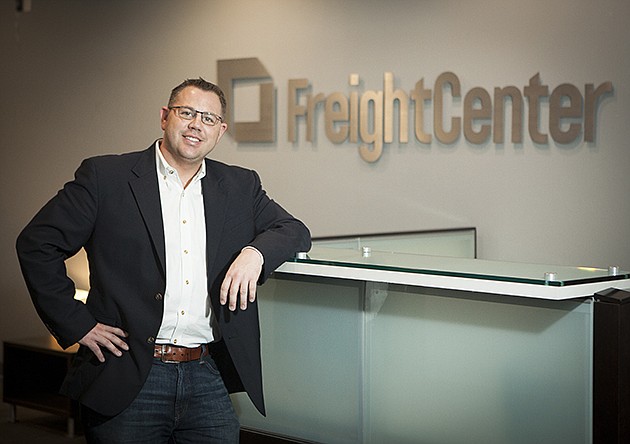- December 13, 2025
-
-
Loading

Loading

Executive Summary
Company. FreightCenter Industry. Shipping, third-party logistics Key. Shifting business models takes discipline and patience.
Matthew Brosious knows all about making tough decisions, going back to the mid-1990s when he was a U.S. Army Ranger.